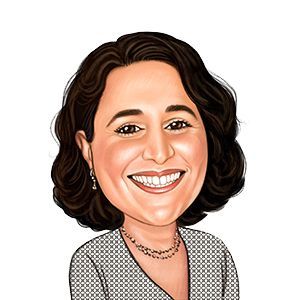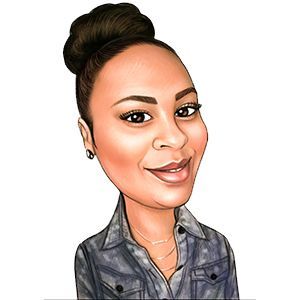Disability Insurance
Disability Insurance
What happens if you become injured or ill and can’t work? With disability insurance, you can replace a portion of your income when you are unable to work for an extended period of time. This valuable form of coverage protects your ability to earn a living and allows you to stay on top of your living expenses.
Types of Disability Coverage
Disability coverage comes in two forms: short-term and long-term. Both forms of coverage replace your monthly salary up to a cap when you become disabled, although the qualifications and level of income replacement vary. Long-term disability policies can also pay for extra expenses like job training.
In general, short-term coverage replaces a larger share of your income but the policy may only pay out for a few months or up to one year. Long-term coverage continues until your disability ends, you reach retirement age, or after a specific number of years.
Disability coverage also varies in how “”””disability”””” is defined. The broadest form of coverage defines disability as when you cannot perform the duties of your own occupation, or “”””own-occupation”””” disability. Some policies define disability as an inability to perform the duties of any occupation for which you are qualified.
Why Individual Disability Insurance?
While disability coverage may be available through your employer, an individual policy can move with you when you change jobs. It can also provide broader coverage and greater protection if you are disabled and unable to work.
Disability coverage is an affordable way to maintain your lifestyle and pay for living expenses if you find yourself unable to work for an extended period of time. If you can’t afford to be out of work for months at a time and you do not have other sources of income, disability coverage can provide the protection you need.
Share:













